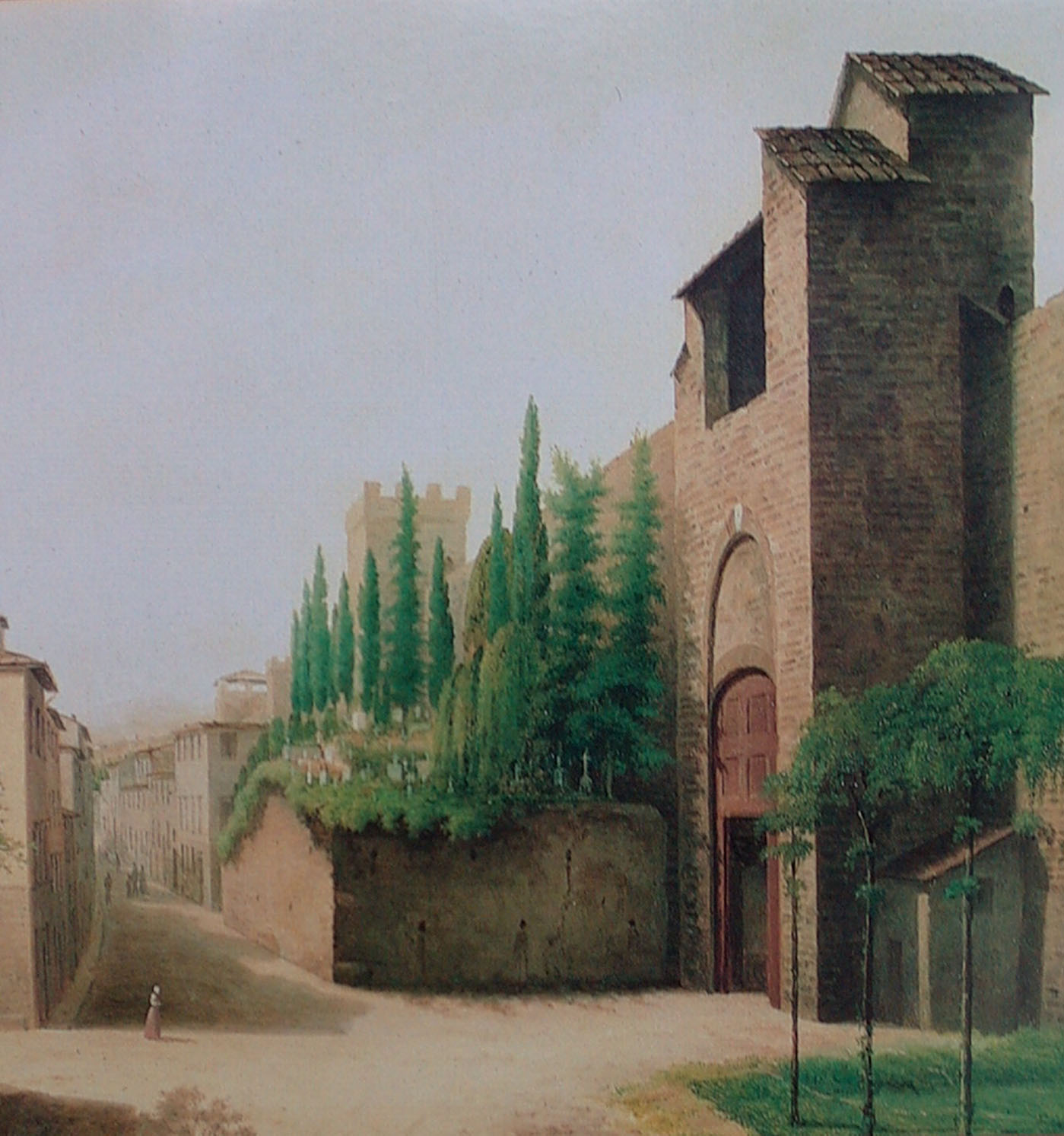ChapterFirst (original) (raw)
Leafing through the pages of the British Museum�s publication on the Egyptian Book of the Dead with its plates giving papyrus scrolls covered with script and with image, one learns of a lost religion but which is at the roots of Judaeo-Christianity, a religion where married couples who have been faithful to each other, who have been merciful to their slaves, who have not murdered or stolen or lied, shall be rewarded following death with a garden they shall tend, bringing forth grain for their sustenance, amidst the fragrance of the flowers they cultivate, a paradise based on work and on kindness. Cemeteries, paradoxically, are places crammed full of stories, of lives, and potentially of much beauty and healing. It is our desire to recreate of a once-abandoned, forever Swiss-owned, so-called 'English' Cemetery in Florence such a place of story and hope. Part of that task is this book, as a virtual visit, its 'WhiteSilence again being voiced, paradoxically, thunderously, synaesthetically, as Elizabeth Barrett Browning wrote in her poetry, culled from the archives sculpted in marble in many languages and several alphabets and quilled in manuscript by the Swiss in French on rag paper, now nearing two centuries ago.
Judaeo-Christianity for millennia carried out inhumation, the burial of the dead in the earth, the bodies to remain where they lay forever. Instead, the pagan Greek world cremated the dead, placing the ashes in urns. While the pagan Roman world placed the dead in sarcophagi, marble troughs that �eat flesh�', (sarx+phago), then put the bones in boxes, beyond the city walls. Christians then buried their dead in and around their churches, to be forever close to the Sacrament of the Resurrection. Jews and Romans had placed their tombs outside city walls for hygienic reasons; in Jerusalem only King David and the Prophetess Hulda were allowed burial within the city, all others being in tombs stretching out across the valley beyond the walls to be whitewashed at Passover because they were so polluting. In Prague the Jewish tombs are layered one upon the other within the cramped and involuted space of their graveyard. At Rome, tombs line the Appian Way beyond the ancient walls, the epitaphs upon them being often 'Siste, Viator', 'Pause, Traveller'. The French at St Cloud in 1804 enforced a similar secularization and sanitary distancing of once-Christian cemeteries as had Jews and Romans. Thus the famous P�re Lachaise cemetery was born. Napoleon, a Freemason, proclaimed the St Cloud Edict throughout his Empire, requiring most of Catholic Europe to observe pagan laws, forbidding burials in cities, and requiring the Roman exhumation and storage of the bones into smaller spaces. Later, the Greek practice of cremation of the dead would also be permitted.

Florence�s Swiss-owned so-called �English� Cemetery, situated on a hill that nestled against the medieval city wall, on land that may once have been an Etruscan tomb and which was bought from the Grand Duke in 1827, is exceptional in many ways. Its circa one thousand four hundred burials, marked now by only seven hundred tombs, are of Protestants, Anglicans, Orthodox, Masons, atheists, still births, suicides, paupers, serfs, slaves, servants, commoners, nobles, exiles, debtors, miscegenists, consumptives and much else, the Swiss Evangelical Reformed Church having opened their cemetery to all those refused burial in consecrated Catholic ground or in the Cemetery for observant Jews, and who, before 1827, would have had to have had their cadavres transported by oxcart or horse-drawn hearse without refrigeration to Livorno for burial. The tombs, beneath the great cypress trees celebrated in the Swiss painter Arnold B�cklin's 'Island of the Dead', for which Sergei Rachmaninoff composed his symphonic poem, are incised with Hebrew, Greek, Roman, Cyrillic and fraktura alphabets, and countless languages, including Rumantsch. The cemetery is international and ecumenical, a microcosm not only of Europe but of the whole world, a kind of League of Nations, and of its successor, the United Nations. The Cemetery was then closed in 1877, Giuseppe Poggi designing and executing the great viali to be like Paris�s boulevards and changing this square bounded by the walls of Arnolfo di Cambio and Michelangelo Buonarotti to an oval, when Florence became, briefly, the capital of Italy. The Swiss in their new cemetery at the Allori near Galluzzo comply with Napoleonic practices, exhuming their dead to be placed in the �ossario comune� if further payments are not made.

This mis-named �English� Cemetery, still owned by the Swiss Evangelical Reformed Church which bought the land, and which is officially known by them as the Porta a� Pinti Cemetery, is however English in several ways: it had been a beautiful garden, and is now again, as are English cemeteries; it defied the Code Napoleon, its burials being perpetually Judaeo-Christian, such as they have continued to be in the England that was never conquered by Napoleon; it is owned by the Swiss Evangelical Reformed Church, a product of Calvin and Zwingli, and not secular; the English Church paid/loaned 5000 lire towards the purchase of the land and in consequence had the right to a tax paid from each English burial; the majority of the burials are of citizens of the British Isles and her Empire, and the English have the myth that where they lie is, as the poem by Rupert Brooke proclaims, 'forever England�. The Americans and Russians, conversely, often arranged to have their bodies expensively shipped back wrapped in lead by way of Livorno to their natal countries, the undertaker services being carried out by the Swiss. Legendarily, English cemeteries had two yew trees planted within their entrance for making the bows that defeated the French at Agincourt, yew being toxic to cattle but safe within the walls of graveyards from harming or being harmed. Traditionally, these two trees came to symbolize the pillars of the Jerusalem Temple named Joachim and Boaz (2 Chronicles 3.17). Florence�s �English� Cemetery had two such yew trees planted at its entrance, though one has now been felled.